As we wrapped up the first year of homeschooling, I found myself increasingly concerned about the possibility of summer learning ... read more
The 6 wildest animals you need to see when you visit Australia
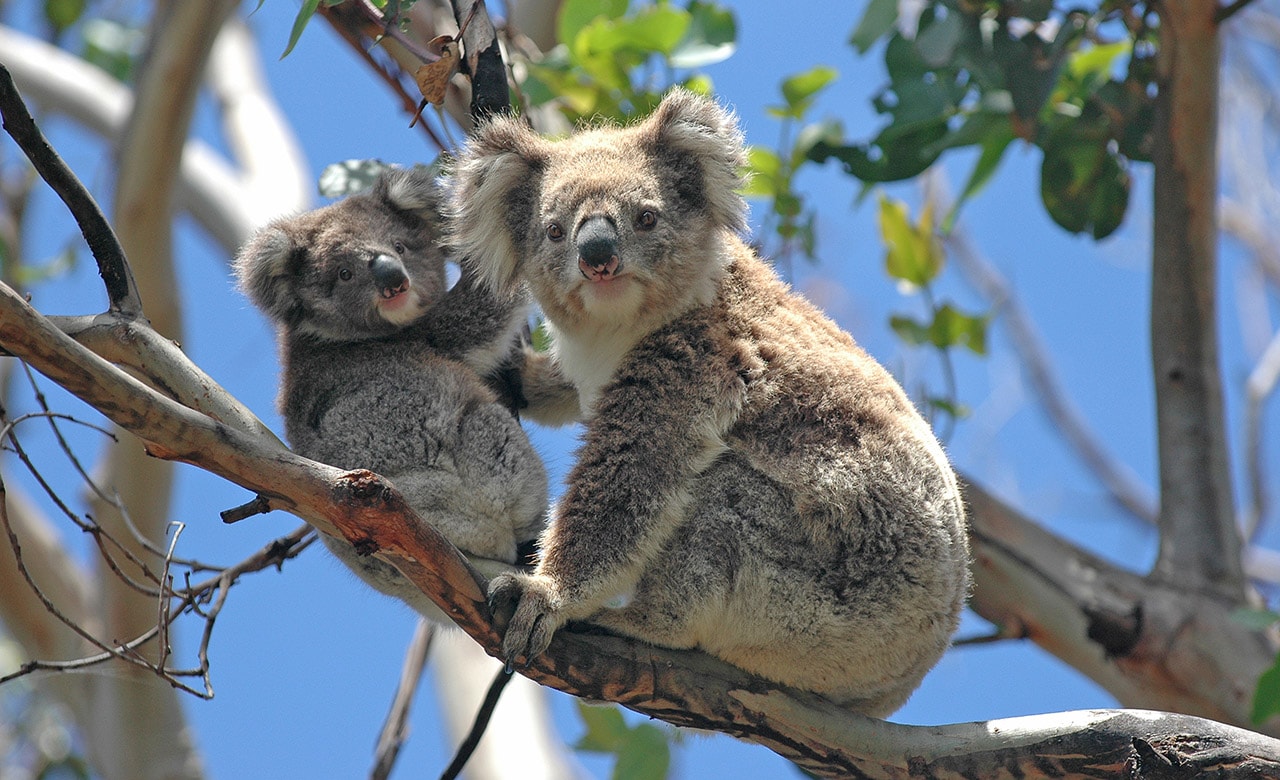
Known for its wildlife and diverse ecosystem, Australia is home to some of the most interesting creatures on earth.
A lot of people say that Australia has the perfect climate: warm sunshine, some tropical waters, diverse rainforests, temperate wine regions…even skiing! The Land Down Under is a unique place and is home to some of the strangest, most exotic animals.
From docile koalas that radiate cuteness to paralysis-causing jellyfish, Australian wildlife really does have it all. Here are some of the most interesting creatures you’ll want to see when you reach the sunburnt country’s golden shores:
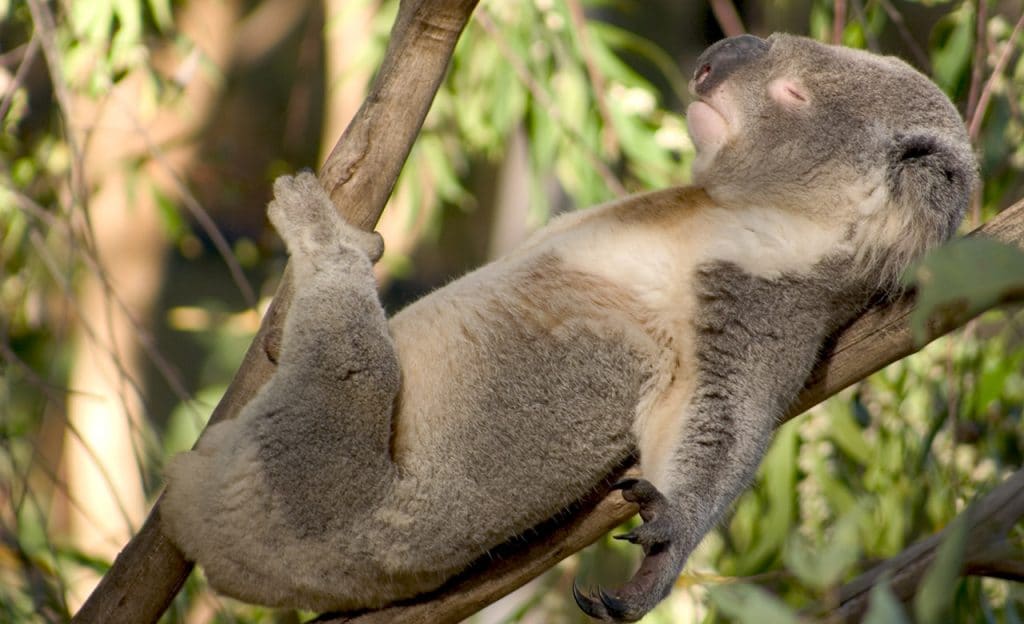
- Koalas
The sleepiest, dopiest, cutest animal you’ll ever see up a tree is without a doubt the koala. Small enough to hold in your hands at two feet tall and weighing 10-30 lbs, koalas are also different colors in different parts of the country—ranging from grey to silver to brown.
They mainly live on the east side of the country in coastal areas in Queensland and New South Wales. An interesting thing about koalas is that they’re actually not bears! They’re marsupials, just like kangaroos and Tasmanian Devils; we’ll meet them below.
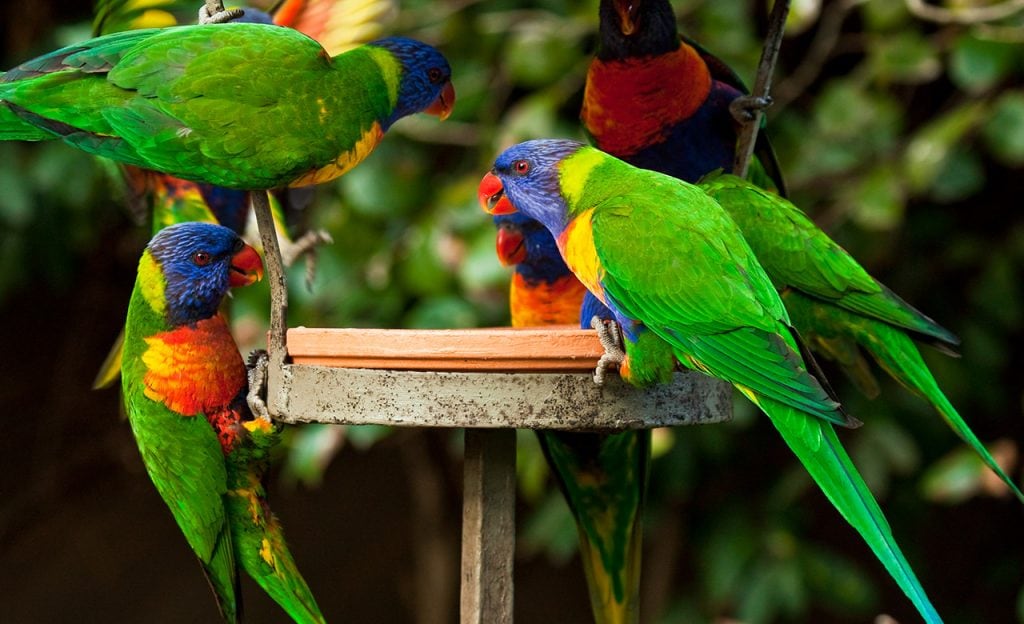
- Rainbow Lorikeets
Bird watchers in Australia (called “twitchers”) come from all over the globe to see Rainbow Lorikeets—a vibrant, rainbow-colored parrot that mainly lives in Australia’s coastal rainforests.
They almost look like they’ve been dipped in bright paint, they’re a remarkable, and unmissable, bird to see in the wild. If birdwatching down under, you might also see a Bird of Paradise—yes, the famous exotic bird of David Attenborough’s Planet Earth that live on the east coast.
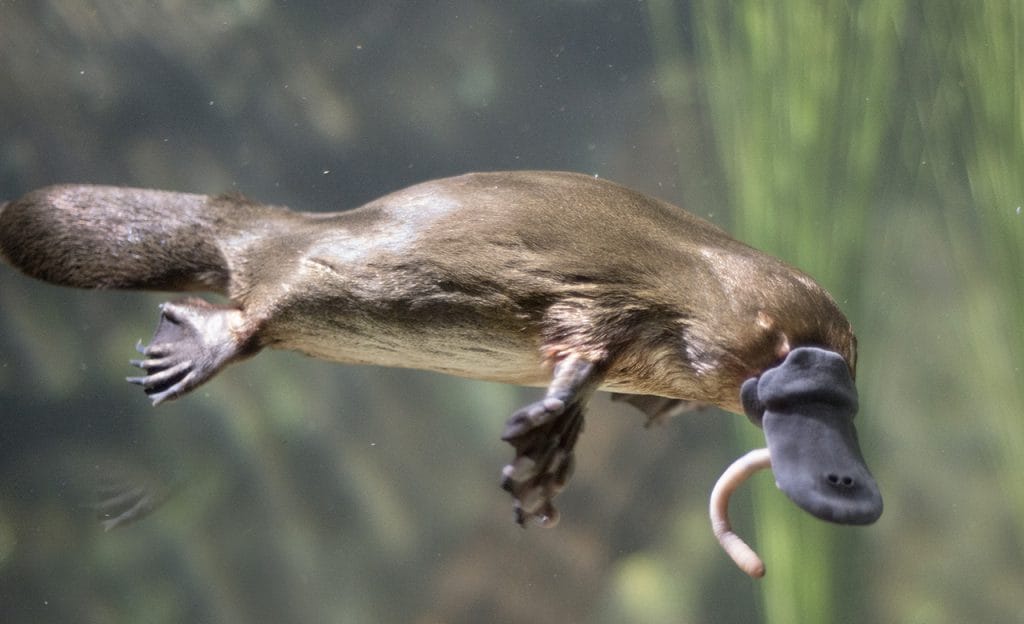
- Platypus
This fascinating, odd little creature is also called “duck-billed platypus”, and they’re one of only five mammals that lay eggs! Platypus are semiaquatic, like otters, meaning they’re at home both on land, where they eat insects, and in water, where they eat shrimp. And to find their prey? They can detect disturbances in electric fields caused by muscle movement.
They’re uniquely Australian (and found on the 20 cent coin) and live all along the eastern coast–from the scenic river city of Brisbane to the cultural hub of Melbourne.
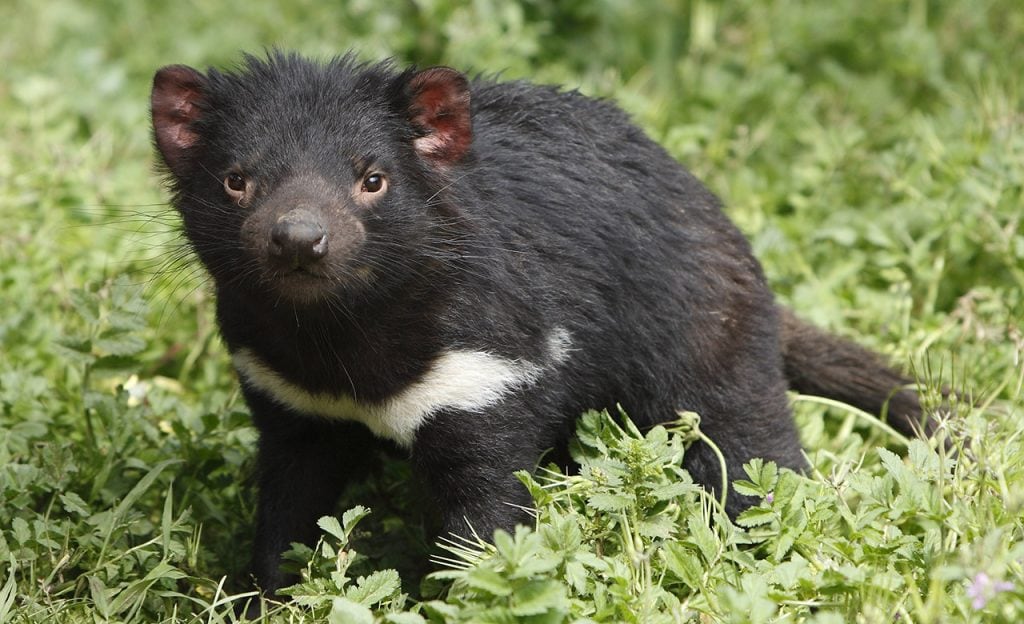
- Tasmanian Devils
Yes, the Tasmanian Devil is real and from Tasmania. These carnivorous marsupials are black and stocky, like a small dog with a fat tail, averaging 20 lbs. They run around eight miles per hour and are generally nocturnal, but you can still see them during the day in coastal forest areas of Tasmania.
It’s worth the effort to see one if you’re in Tasmania, because after you return home it’s guaranteed that everyone will ask if you saw a Tasmanian Devil.
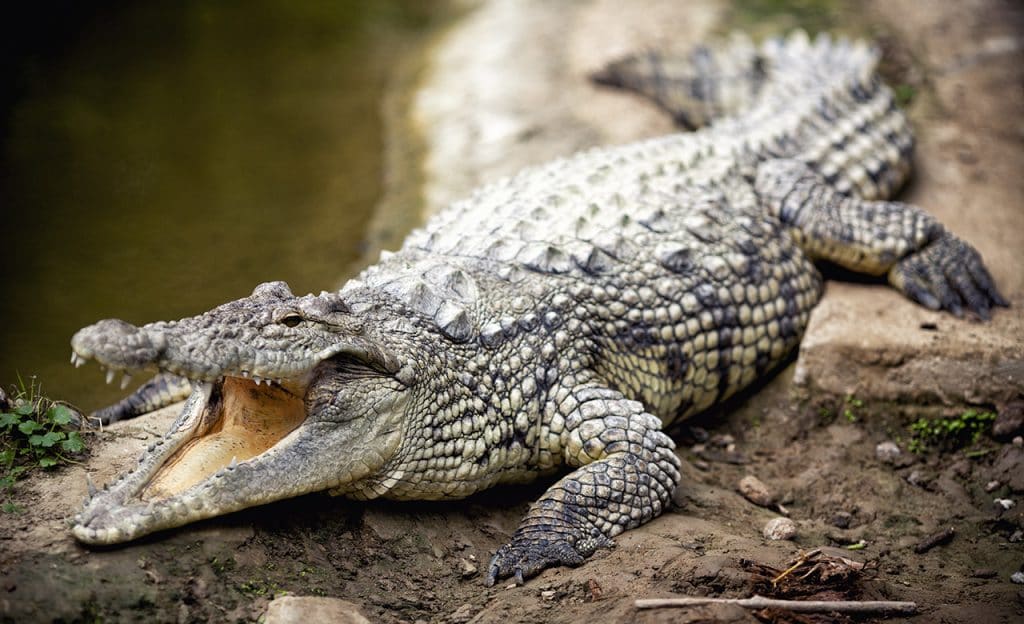
- Crocodiles
Australia’s saltwater crocodiles must be seen to even believe. Males can be 20 feet long and weigh 3,000 lbs! Even at that colossal size, saltwater crocs can move extremely fast when they want. They live in the north of the country and can often be seen around Darwin.
But make sure to only view them from afar! These predators are experienced hunters that can live beyond 70 years. They stalk their prey on the shore before ambushing them and pulling their catch underwater. Crikey!
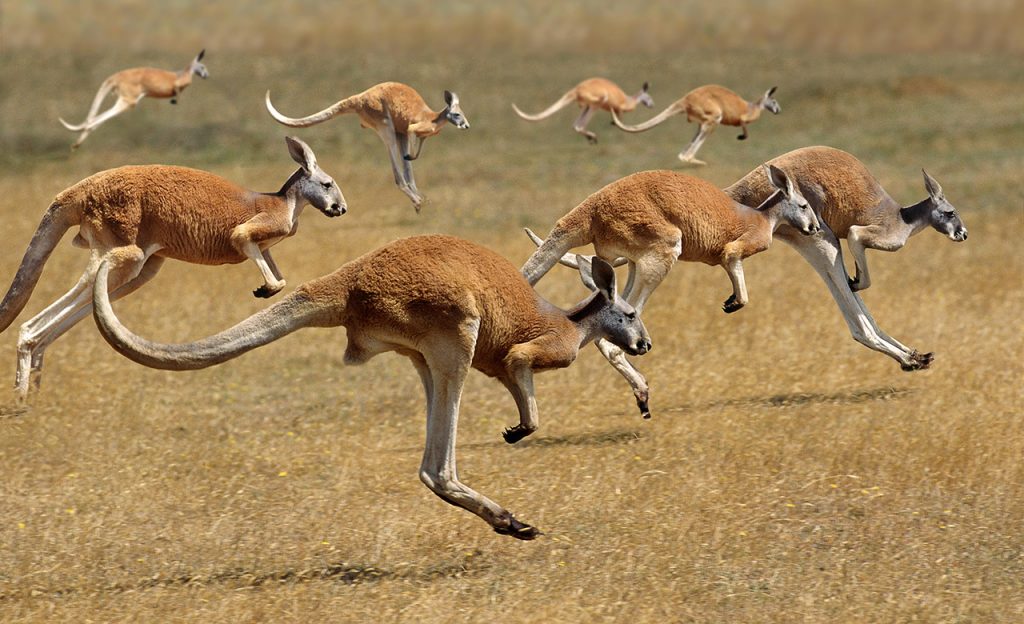
- Kangaroos
The Australian animal list must end with the iconic kangaroo. Depending on where you are in the country, they can be as commonplace as sheep in New Zealand or cattle in Texas. The first time you encounter a kangaroo in real life it’ll make a lasting impression. They’re truly unlike any other animal—except their fellow marsupial relative, the smaller wallaby.
The largest species, the red kangaroo, can reach up to eight feet and weigh 200 lbs! And even more impressive than their size, an adult can run (hop) at a pace of 35 miles per hour!
Book a Cruise

